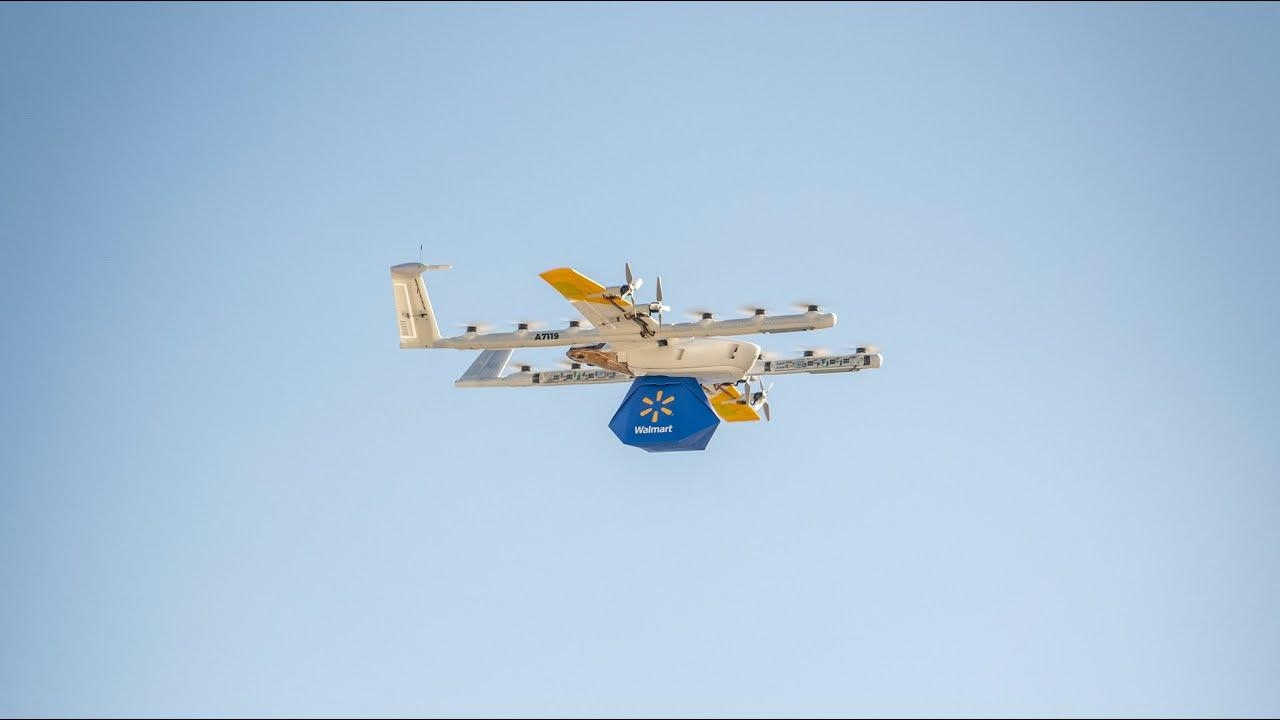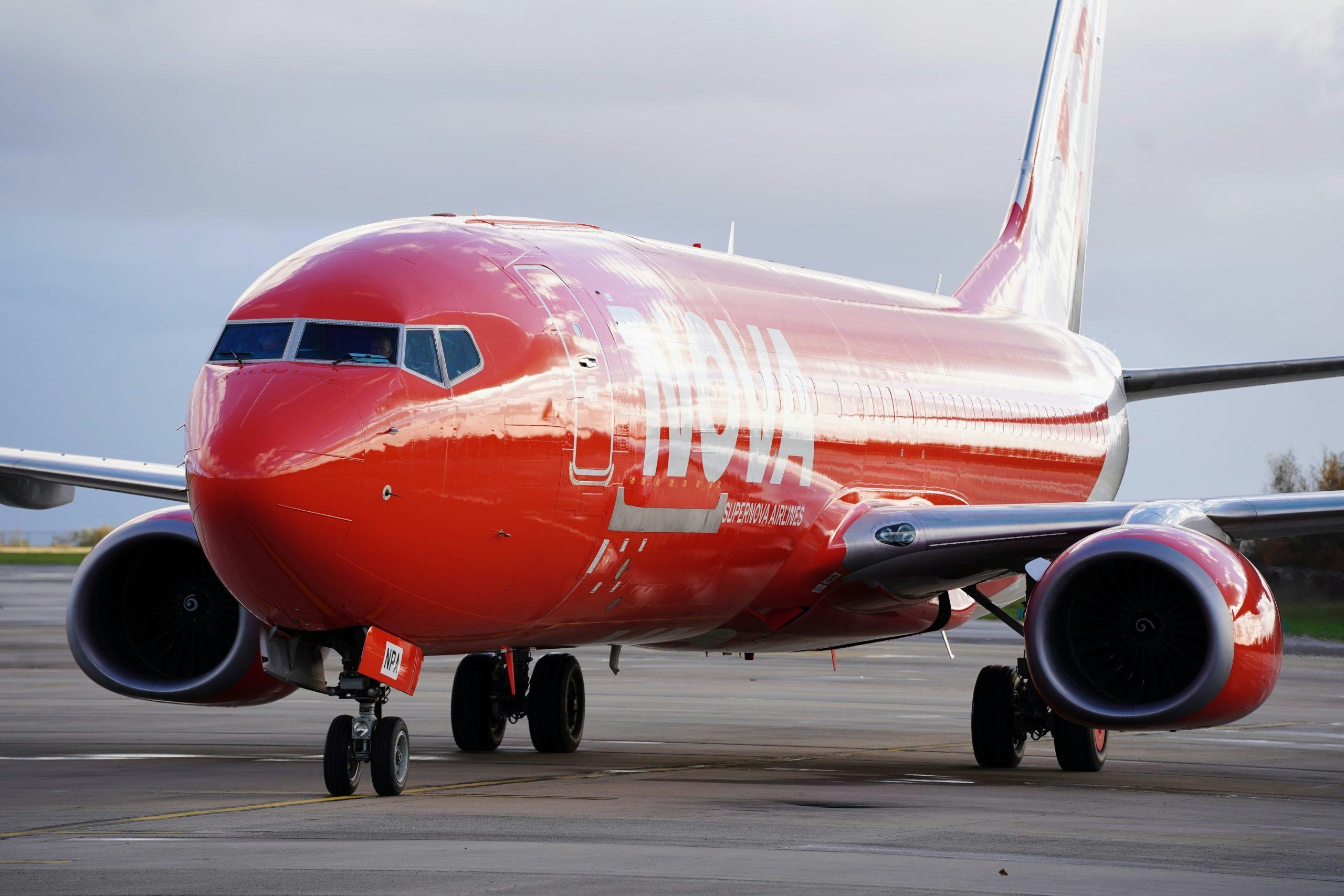
AeroGenie — あなたのインテリジェントな副操縦士。
現在のトレンド
Categories
Global Aviation Analytics Market Projected to Reach $12.46 Billion by 2034

Global Aviation Analytics Market Projected to Reach $12.46 Billion by 2034
The global aviation analytics market is poised for significant growth, with its valuation expected to surge from $2.90 billion in 2024 to $12.46 billion by 2034. This expansion reflects a compound annual growth rate (CAGR) of 14.3% between 2025 and 2034, driven primarily by the increasing integration of artificial intelligence (AI) and big data technologies within the aviation industry.
Market Overview and Growth Drivers
Aviation analytics solutions have become indispensable for airlines, airports, and original equipment manufacturers (OEMs) aiming to improve operational efficiency, reduce costs, and enhance profitability. These analytics tools are extensively applied in critical areas such as fuel management, revenue management, flight risk management, and customer analytics. By harnessing advanced data analytics, stakeholders in the aviation sector are able to make more informed, data-driven decisions that bolster both safety and financial outcomes.
The market’s rapid growth is underpinned by several key factors. There is a rising demand for real-time data analytics to optimize aviation operations, alongside an increased emphasis on predictive maintenance and fuel efficiency. The adoption of AI and big data analytics provides deeper operational insights, while strategic partnerships, mergers, and technological innovations continue to accelerate market development. A notable example includes the 2022 collaboration between GE Aviation and BAE Systems, which aims to enhance aviation security and drive innovation in analytics.
Market Segmentation and Regional Outlook
The aviation analytics market is segmented by component into software and services, with software emerging as the leading segment. Applications span flight risk management, fuel management, customer analytics, inventory management, revenue management, and navigation services. Deployment models include both on-premise and cloud-based solutions, catering to diverse operational needs. The primary end-users comprise airlines, airports, maintenance, repair, and overhaul (MRO) providers, and OEMs.
Regionally, North America leads the market, supported by the widespread adoption of analytics technologies and the presence of major global players. However, the Asia-Pacific region is expected to dominate in terms of growth, driven by the rapid expansion of civil aviation sectors in India and China and the surge in air travel demand.
Challenges and Competitive Landscape
Despite promising prospects, the aviation analytics market faces several challenges. Regulatory compliance and evolving data privacy requirements pose ongoing hurdles, while concerns over data security intensify as sensitive operational information becomes increasingly digitized. The industry also contends with the need for continuous technological advancements to meet evolving demands, alongside a shortage of skilled analytics professionals. Managing the vast volumes of aviation data adds further complexity.
In response, market participants are anticipated to increase investments in advanced analytics platforms and establish partnerships with technology firms. Competitors are focusing on enhancing data integration capabilities, improving user interfaces, and broadening service offerings to maintain a competitive advantage.
Leading Market Players
Key companies shaping the aviation analytics landscape include Oracle Corporation, General Electric, IBM Corporation, SAP SE, Aviation Analytics Ltd., SAS Institute, Booz Allen Hamilton, Ramco International, and Mu-Sigma. These organizations are at the forefront of delivering innovative analytics solutions that address the sector’s evolving needs.
As global passenger volumes rise and operational complexities deepen, the aviation analytics market is entering a phase of accelerated growth. The widespread adoption of AI, big data, and predictive analytics is set to transform operational paradigms for airlines and airports worldwide.

Concordia Partners to Advance Drone and E-Aircraft Technology

Sarla Aviation to Invest ₹1,300 Crore in Aerospace Facility in Andhra Pradesh

Passengers Respond Positively to Airline’s AI Flight Attendant

EHang Completes Pilotless eVTOL Air Taxi Trials in Doha

Supernova Airlines opens new Liege–Ostrava cargo link, strengthening European supply chains

Joby Outlines Dubai Air Taxi Plans Ahead of FAA Certification

Air Travel Expands as Tampa Bay Seeks Solutions to Traffic Congestion

flydubai Signs Agreement with GE Aerospace for 60 GEnx-1B Engines

FG Highlights Investment Opportunities to Modernize Nigeria’s Aviation Sector
